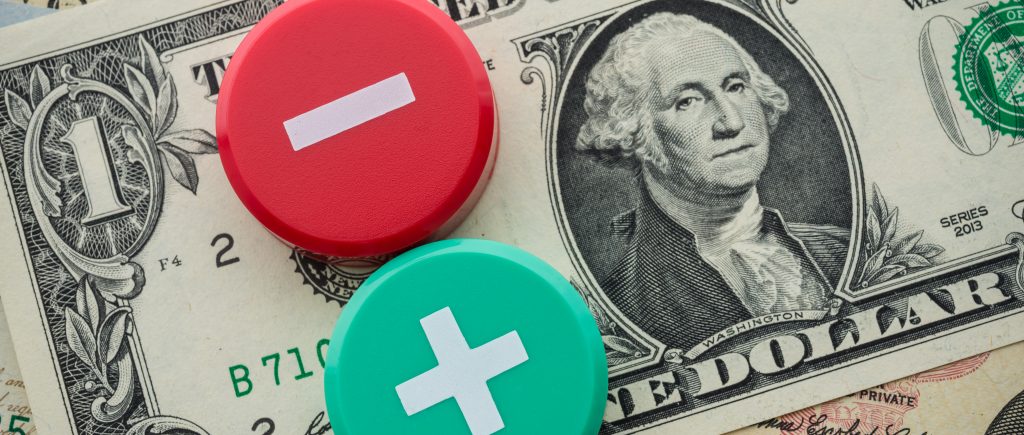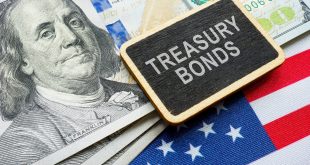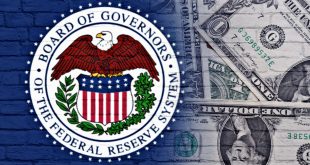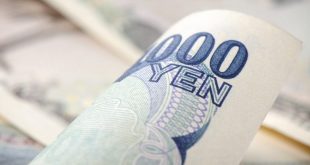The U.S. dollar weakened on Wednesday, erasing its early gains and closing nearly flat, as investors balanced mixed economic signals with fresh political developments.
At the start of trading, stronger‑than‑expected U.S. data gave the greenback a lift. That momentum quickly faded when the Chicago Purchasing Managers’ Index for November fell to its lowest level in 17 months, highlighting softness in business activity. Meanwhile, Wall Street’s rally reduced demand for dollar liquidity, adding further pressure.
Treasury yields also declined, weighed down by disappointing indicators and dovish‑leaning remarks from Federal Reserve officials. Equities gained additional support from a sharp drop in weekly jobless claims to 216,000—the lowest in seven months—alongside durable goods orders rising 0.9% in September, well above forecasts of 0.3%.
The dollar’s retreat deepened after Bloomberg reported that Kevin Hassett has emerged as the leading contender to succeed Jerome Powell as Chair of the Federal Reserve. Hassett is widely regarded as favoring looser monetary policy, a stance seen as negative for the dollar. His alignment with President Trump’s push for lower interest rates has also reignited debate over the Fed’s independence.
Overall, the currency’s pullback reflects not only weaker economic data but also heightened uncertainty over the Powell–Hassett succession race—an outcome that could reshape the outlook for interest rates and the dollar’s strength in the months ahead.

 Noor Trends News, Technical Analysis, Educational Tools and Recommendations
Noor Trends News, Technical Analysis, Educational Tools and Recommendations




